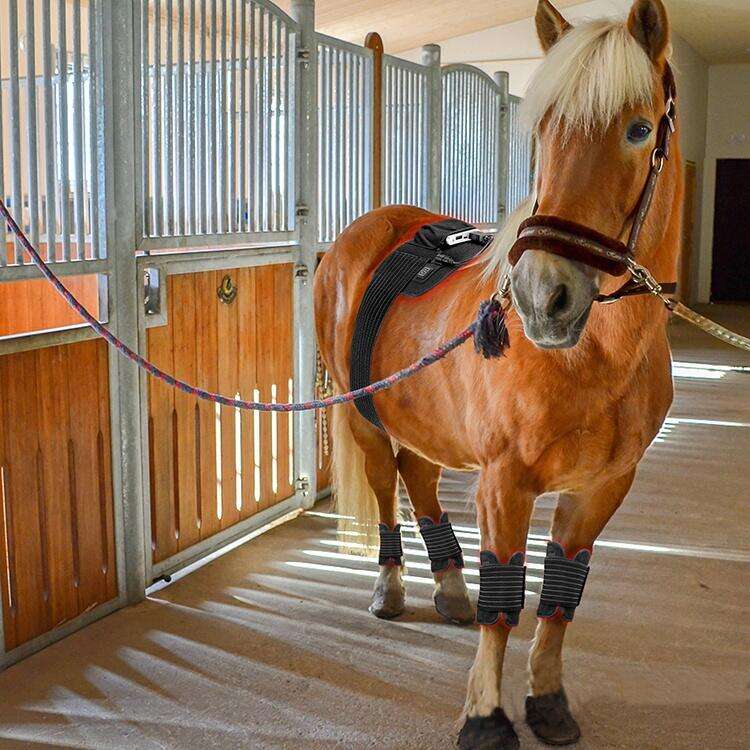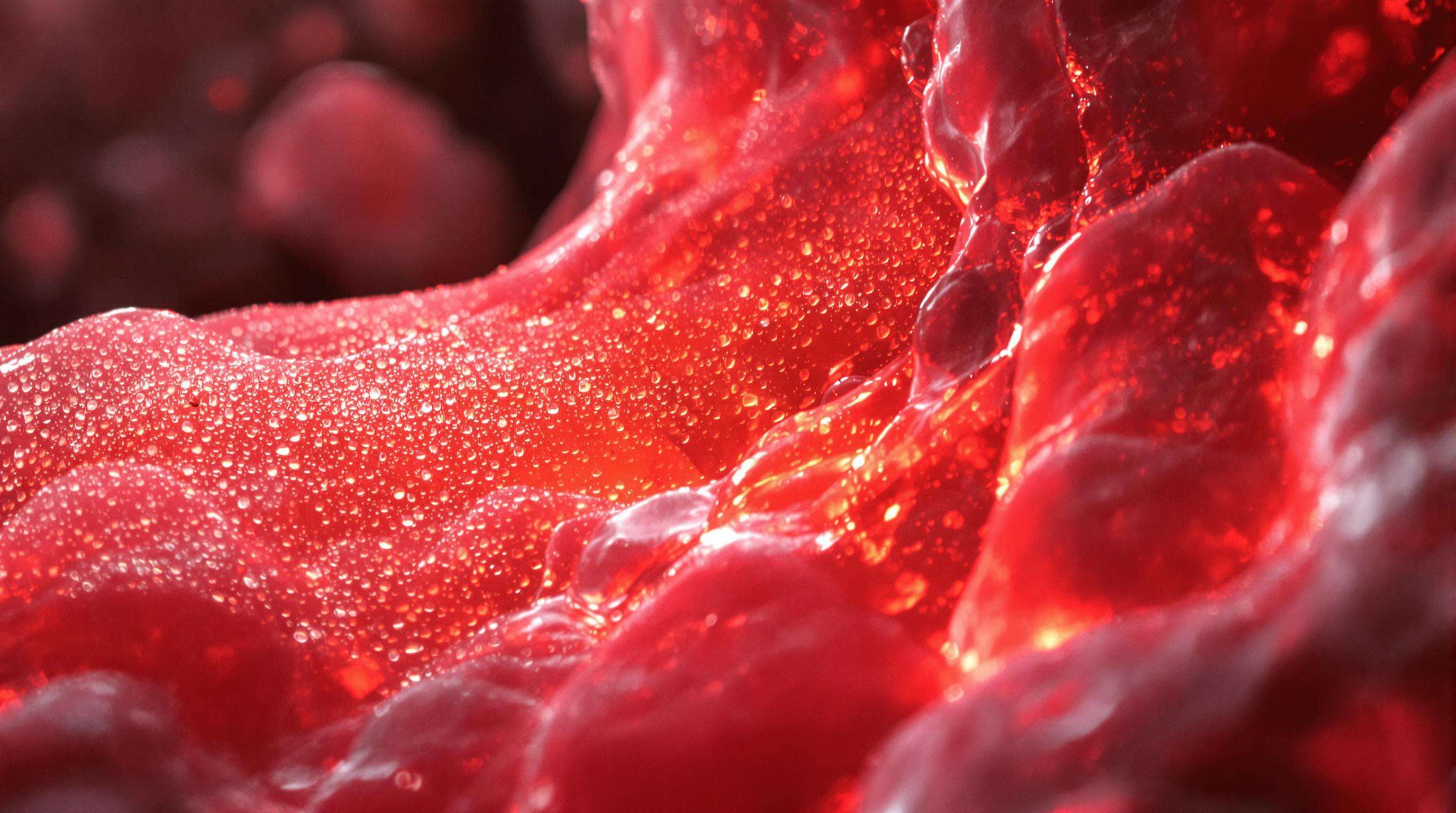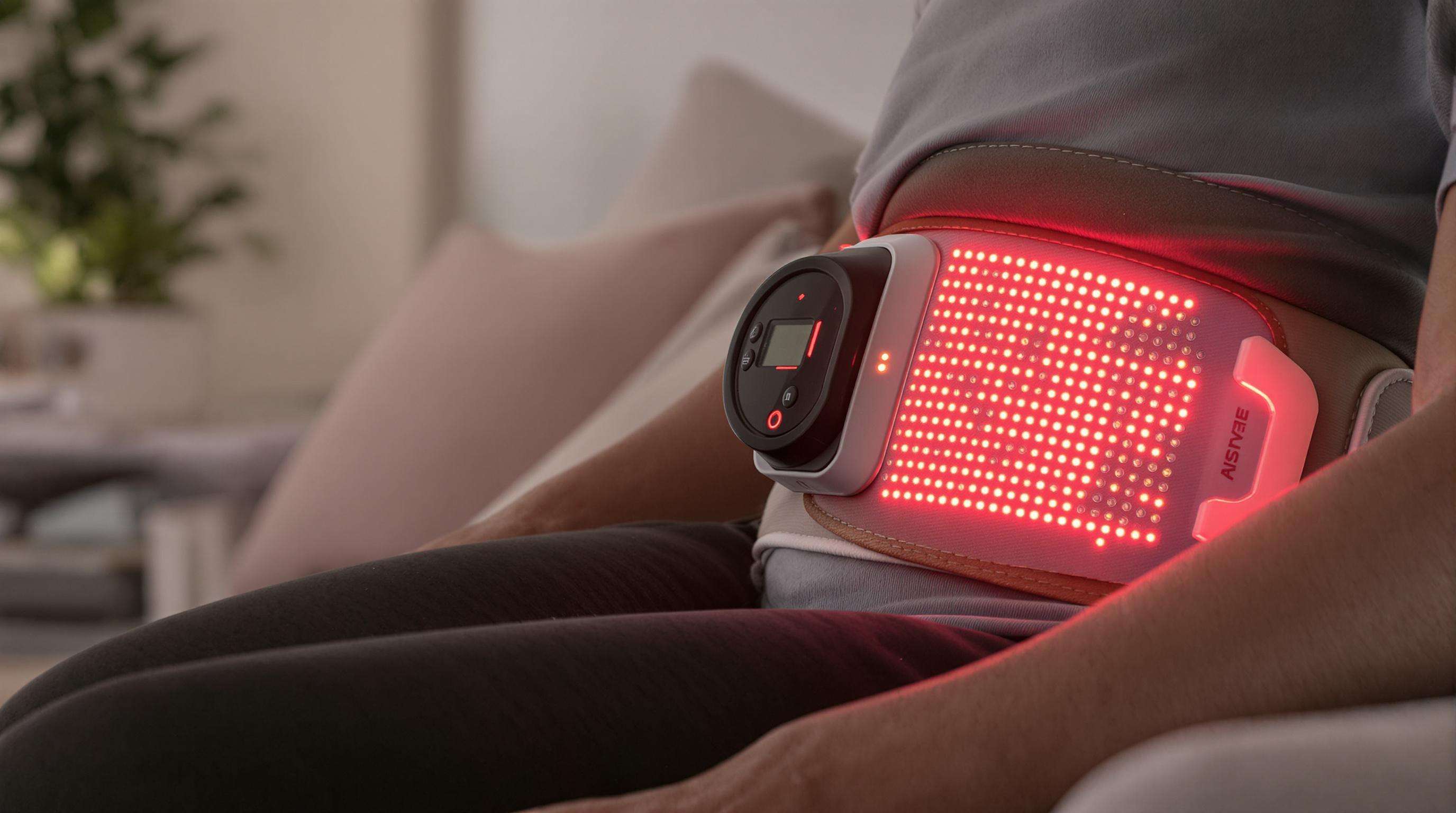
Shenzhen Junneeled Technology Co., Ltd.
Discover premium red light therapy panel, belt, pad, mask, and cap designed to enhance wellness and promote healing. Experience effective light therapy solutions.

Red light therapy belts work by emitting light in the 630 to 850 nanometer range that actually gets through the layer of fat under our skin, targeting those fat cells we call adipocytes. What happens next is pretty interesting stuff at the cellular level. The light basically makes tiny holes appear in the cell walls, which lets out all that stored fat and fatty acids so they can get used as fuel by the body. Some studies back this up from around 2016 looking specifically at how light breaks down fat cells. At the same time, these belts seem to kickstart mitochondria in the treated areas, making them work between one and a half to two times harder than normal. This boost leads to more ATP being produced and generally improves how efficiently the body processes energy locally.
Near-infrared light (800–850 nm) reaches adipocytes located 6–10 mm beneath the skin, making it effective for targeting deeper fat layers. Dual-wavelength exposure leverages distinct mechanisms:
Clinical data show this combination reduces adipocyte volume by 19–27% over eight weeks, with no damage to surrounding tissue.
Red light therapy doesn't actually burn fat like a workout or heat would. What happens instead is something different entirely. The treatment works by releasing stored fat without generating heat, kind of like unlocking fat cells so they let go of their contents. Research published in peer-reviewed journals shows people who got real treatments saw their waists shrink about 3 cm on average, compared to just under half a centimeter for those getting fake treatments. This FDA-approved approach can help with weight loss goals if someone also cuts calories by around 15 to 20 percent each day. Why? Because once those fatty acids are released from storage, they need to be used somehow. That means regular movement throughout the day or some form of exercise becomes essential for keeping any weight off long term.

Today's red light therapy belts focus on making users comfortable while delivering effective treatment. These devices combine flexible materials with two different wavelengths of light - 660 nm red and 850 nm near infrared. Most models come with adjustable straps that stretch to fit around problem areas like the belly or lower back without slipping off. The best part? They run on portable batteries so people can actually use them while doing things they enjoy, like sitting down to read a book or doing some gentle yoga stretches in the morning. This convenience helps folks stick with their treatment plans day after day without feeling restricted by wires or bulky equipment.
Wavelength specificity is critical for effective fat reduction:
This dual mechanism makes abdominal fat—often thicker and more resistant—particularly responsive to treatment.
According to a study from 2023, people who wore red light therapy belts for about 15 minutes each day saw their waist measurements drop nearly three times faster than those in the control group during an eight-week period, especially when they also did some regular workouts. These little gadgets seem to give mitochondria quite a kick, increasing ATP production somewhere between 150% and 200%, which helps break down stored fat into usable energy. But here's what researchers noticed too: after around twelve weeks, progress tends to flatline if there aren't changes made to eating habits as well. This highlights why combining these technologies with broader lifestyle adjustments really matters for long-term success.
Research suggests that best results come from sessions lasting around 10 to 20 minutes, done about three to five times per week focusing on the belly area according to findings published in the Journal of Photomedicine back in 2023. During these time frames, fat cells actually release lipids at their highest rate. Going past 20 minutes doesn't really help much since melanin starts blocking the light from getting deeper into the skin. Regularity matters way more than how long each session lasts. People who stuck with at least four treatments every week saw roughly two and a half times better waist measurements after twelve weeks compared to folks who skipped around with inconsistent treatment schedules.
Morning use (6–9 AM) aligns with circadian-driven increases in lipase activity and cortisol levels, enhancing mitochondrial responsiveness to light and boosting fat breakdown by 18–22% compared to evening application (Chronobiology International, 2022). For non-morning users or shift workers, applying therapy two hours before the first meal maintains metabolic alignment and effectiveness.
The majority of people find themselves feeling a gentle heat around 39 to 42 degrees Celsius during treatment without experiencing discomfort. After sessions, about three-quarters mention feeling thirsty because their lymphatic system gets kicked into gear. Drinking plenty of fluids helps flush out toxins and fats more effectively. Most folks start noticing visible reductions in body fat somewhere between four to six weeks if they stick with regular treatments. Ultrasound scans have shown that those who complete all their sessions usually see roughly 3 millimeters less fat under the skin. For tracking real results, weekly waist measurements work better than just watching the bathroom scale since these treatments target specific areas rather than overall weight loss.
Consistency comes down to fitting these sessions into what we already do every day. Maybe while reading a book, during commercial breaks when watching TV, or even after getting out of the shower works well for many people. Most experts recommend keeping it simple with around 15 minutes per day as a good starting point. Keep the device somewhere easy to reach so there's no excuse not to grab it when needed. Try linking it to other daily rituals too. Some folks find success by putting on their special belt right after brushing teeth in the morning. These small connections help turn something new into part of our regular rhythm over time.
Morning application leverages natural cortisol surges to amplify metabolic activation, while evening use may support cellular repair and muscle recovery. A 2023 chronobiology study noted morning users experienced 23% higher energy levels, whereas evening users reported 18% faster recovery. Monitor personal responses over 2–4 weeks to determine your optimal timing.
Modern belts are designed for multitasking:
A 2022 wearability study found adherence rates of 89% when therapy was paired with daily activities, compared to 54% for standalone sessions.
When people combine red light therapy with good eating habits and consistent workouts, they often see better results because these approaches work together in the body. Red light helps cells produce more energy, which means our bodies can use nutrients more effectively after working out and bounce back faster from exercise. A study published in the Journal of Photochemistry looked at this for six months. People who used red light therapy for 15 minutes each day while following a high protein diet and doing strength training lost about 23 percent more fat compared to folks who only made lifestyle changes. This suggests that adding red light therapy might give an extra edge when trying to reach fitness goals.
Time-restricted eating (e.g., 16:8 fasting) complements therapy by aligning with natural fat-burning cycles. When paired with morning light exposure and low-impact activities like yoga or swimming, this approach:
Focus on consistency over intensity. Track key metrics weekly:
| Measurement | Tool | Target Improvement |
|---|---|---|
| Waist circumference | Measuring tape | 0.5–1 cm reduction |
| Body composition | Bioimpedance scale | 1–2% fat loss |
| Energy levels | Daily journal | 20–30% increase |
Weekly progress photos help detect subtle changes in abdominal definition, while monthly DEXA scans offer precise assessment of visceral fat reduction.
Red light therapy is a treatment that uses low-level lasers or light-emitting diodes (LEDs) to emit wavelengths of light that penetrate the skin to stimulate cellular function and reduce fat cells.
Red light therapy helps reduce fat by targeting adipocytes with specific wavelengths that cause the fat cells to release stored lipids, which are then used as fuel by the body.
Yes, red light therapy is generally safe for most people when used as directed. It's a non-invasive procedure with minimal risk of side effects.
For best results, it's recommended to use the red light therapy belt for 10 to 20 minutes, three to five times a week.
Yes, combining red light therapy with a healthy diet and regular exercise can enhance weight loss results.